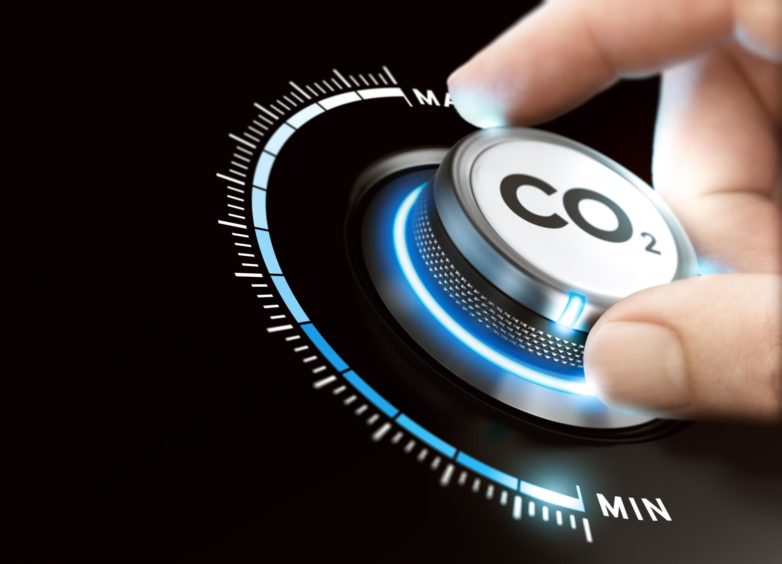
ExxonMobil (NYSE:XOM), which set up a low-carbon solutions division in February, is focusing on building a carbon capture and storage (CCS) business in Asia. Significantly, ExxonMobil believes there is over 300 billion tonnes of storage capacity in Southeast Asia alone, Tracy Lothian, vice president marketing, finance & commercial development, low carbon solutions, at the US giant, said today.
Lothian, who is based in Singapore and was speaking on a panel discussion following the launch of the Global CCS Institute’s latest report, said that ExxonMobil was working with the Singapore energy centre and various universities to understand the potential storage capacity in the region.
Lothian said that ExxonMobil aims to bring its experience from Houston – where the company is studying the approach of multi-user CCS zones in major industrial areas that are located near underground geologic storage sites – to Asia Pacific.
The challenge in Asia is that sequestration sites are not necessarily located near emission hubs. “We are envisioning over here a network, where you need to work with emitters in those hubs, as well as look at a wide range of sequestration options across Asia Pacific,” she added.
CCS will be key for some of the faster growing economies in Asia and their emissions profiles, particularly in the developing nations, noted Matt Steyn, a senior advisor at the Global CCS Institute.
The Asia Pacific region includes countries with some of the largest and fastest growing greenhouse gas emission inventories in the world, the Institute said in its Global Status of CCS 2021 report. Although the last 12 months have seen several positive developments in the region, investment in commercial CCS facilities lags North America and Europe.
CCS project pipeline growth
Over the past year, five new large-scale facilities in the Asia Pacific region have been added to the Institute’s database. One important factor that differentiates CCS development in Asia Pacific from Europe or North America, is that most new projects are emerging in developing countries where emissions growth is the most rapid and policy support is insufficient, noted the Institute.
ExxonMobil’s Lothian said it is crucial to map out what the opportunities look like, rather than sitting and waiting for the financial and policy incentives to be present in Asia. She said the key is working collaboratively in the large industrial hubs to understand what aggregation looks like. Once solutions for CCS are mapped out and a value chain established then it will be easier to have talks with policy makers and make progress, she added.
Policy is clearly important, especially the point around international movements of carbon, particularly in Asia Pacific, where there will be a complex network of emissions hubs and CCS storage sites. It will require a lot of international regulation that is not there today, said Lothian.
Moreover, carbon pricing is moving at different rates across different countries in Asia Pacific. This is another hurdle to overcome, however, industry and government can collaborate to map out scenarios and timing for CCS networks in preparation for when they become more commercial on a standalone basis, she added.
Still, the Institute said it has been an exciting year for CCS in several Southeast Asian countries, with commercial facilities announced for the first time.
Petronas has started working on its first CCS project and two potential regional offshore CCS hubs in Malaysia. The proposed hubs have the potential to store CO2 from other countries in Southeast Asia and the broader Asia Pacific region.
Repsol (BME:REP) announced its 2.5 Mtpa project in Sakekamang, South Sumatra, Indonesia. This facility will capture CO2 from Repsol’s natural gas processing plant and permanently store it in nearby oilfields. It is well positioned to be an anchor for a South Sumatran CCS hub, reducing emissions from gas processing, power stations and other emitting sectors, the Institute said in its report.
“The Repsol project demonstrates the trend for large corporations, headquartered in developed countries with net zero commitments, to develop emissions-reducing CCS projects even in the absence of policy support, where CO2 capture costs are very low. A feasibility study for the PAU Central Sulawesi Clean Fuel Ammonia Production with CCUS was initiated by a Japan-Indonesia consortium. They aim to capture CO2 emissions from ammonia production and store it around Central Sulawesi,” noted the report.
Regulatory developments
“Public and private-sector stakeholders widely agree that the absence of CCS-specific law and regulation is a critical barrier to the deployment of CCS projects in this region. While a draft CCS regulation was introduced in Indonesia in 2019, it has yet to be formally endorsed by the relevant minister and President. A draft Presidential Regulation on Carbon Economic Value (a carbon pricing scheme) is likely to be issued in Indonesia after the pandemic-driven health crisis has stabilised. Once a Presidential Decree is issued, the Ministry of Energy and Mineral Resources may set up specific regulations to address terms related to CCS/CCUS. In Malaysia, development of a CCS-specific regulatory framework has begun, projected for completion in the first half of 2022. The proposed legislation will most likely be based upon the existing oil and gas production regime,” said the Institute.
“To help address this critical barrier and promote more widespread understanding of CCS-specific legal and regulatory issues, the Institute is partnering with the Association of Southeast Asian Nations Centre for Energy to establish the Southeast Asia Regulators’ Network,” added the Institute.
Demand
Fundamentally, there needs to be demand from end users for CCS to be sustainable, Credit Suisse analyst Saul Kavonic, told the panel discussion. There is a limit to what CCS producers can do, and ultimately, the customers must pay for CCS as they are using the fuels. Therefore, policy settings at the demand level, particularly in Asia Pacific, will be key to driving sustainable CCS projects, he added.
Recommended for you

